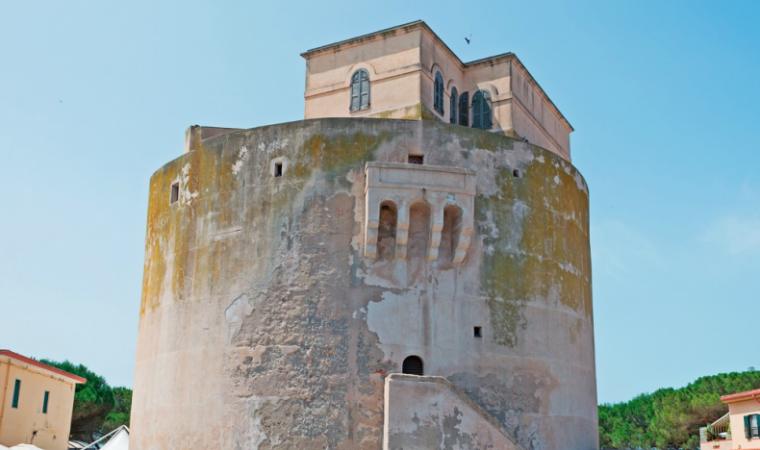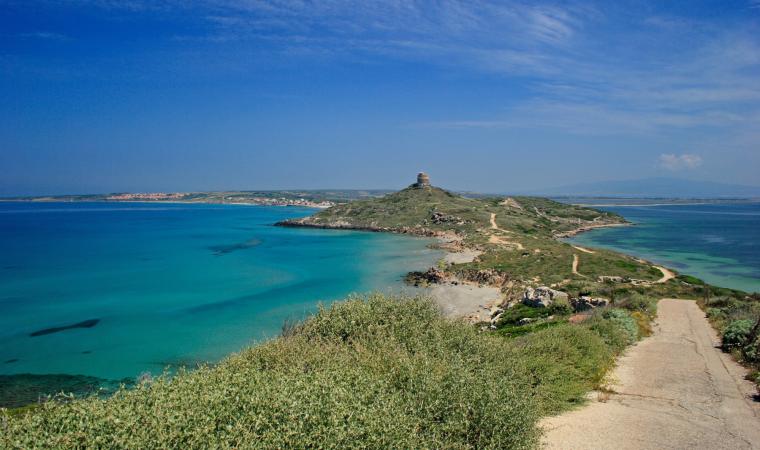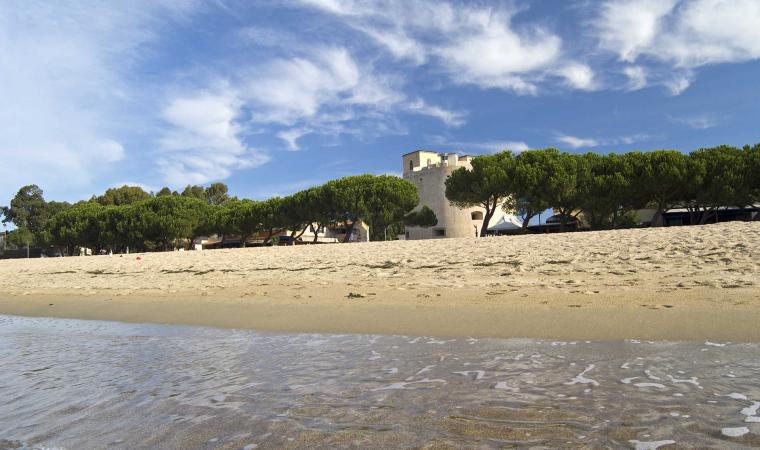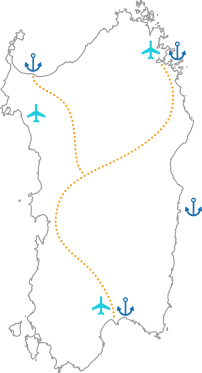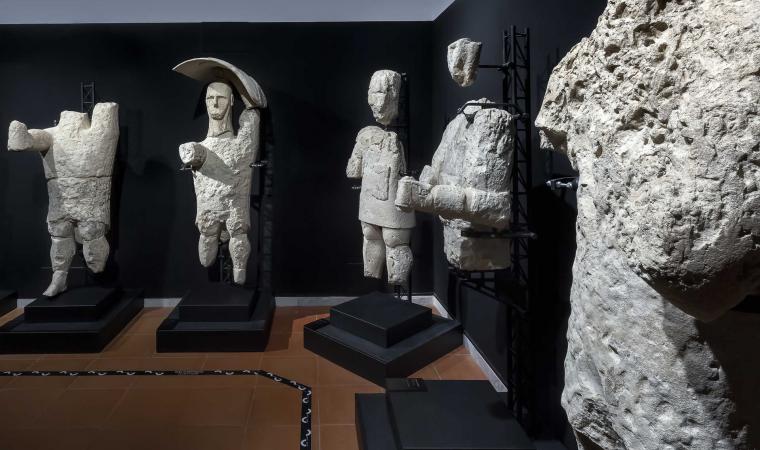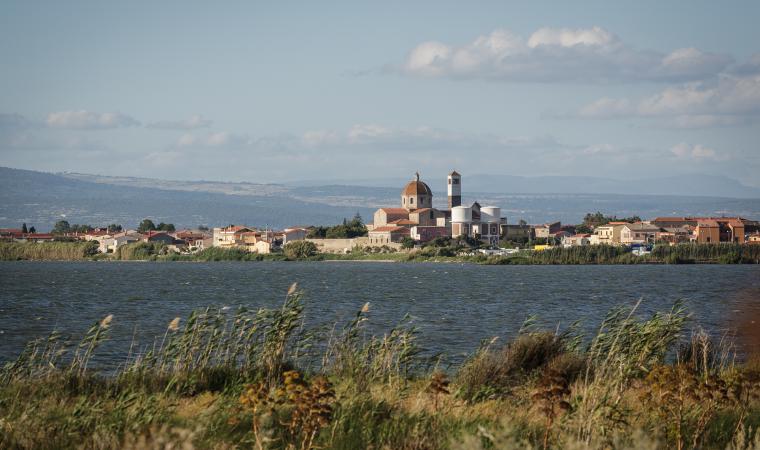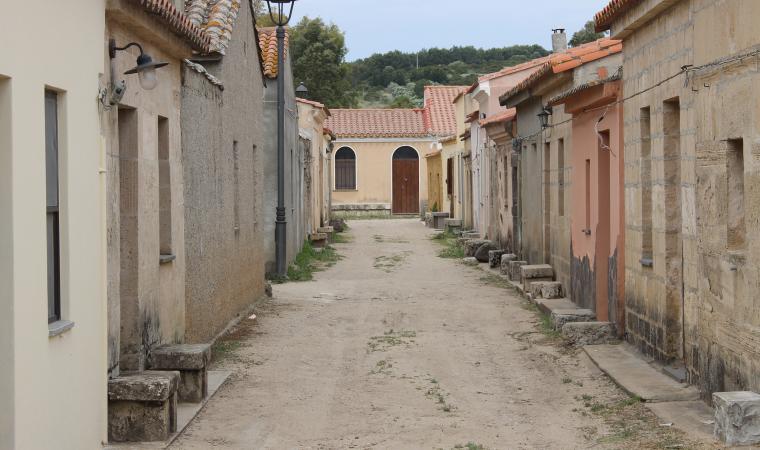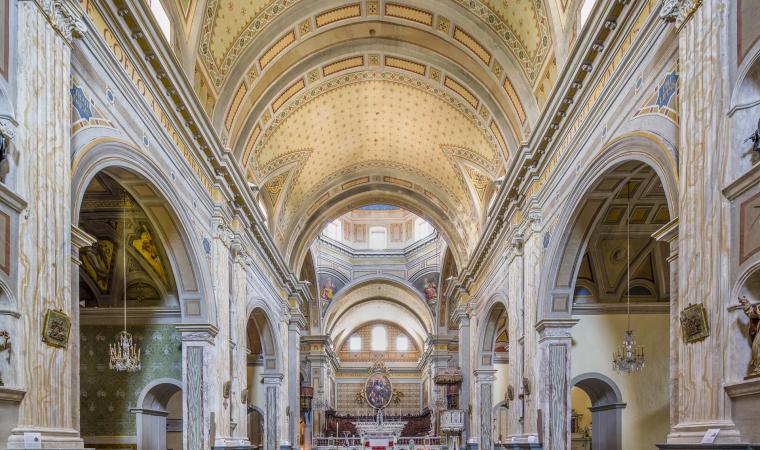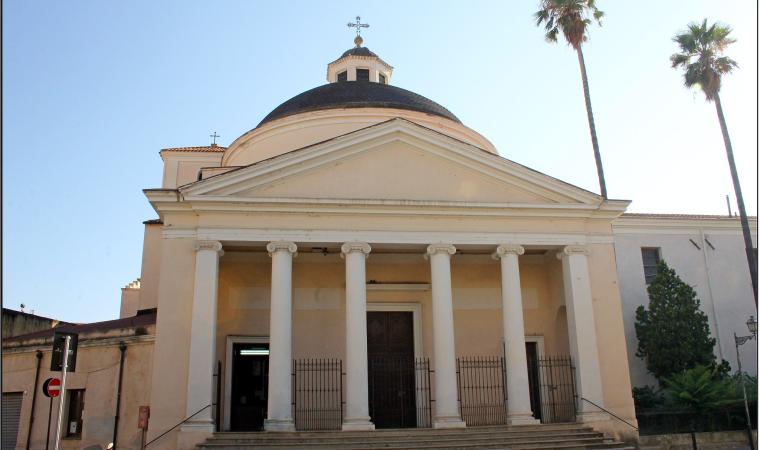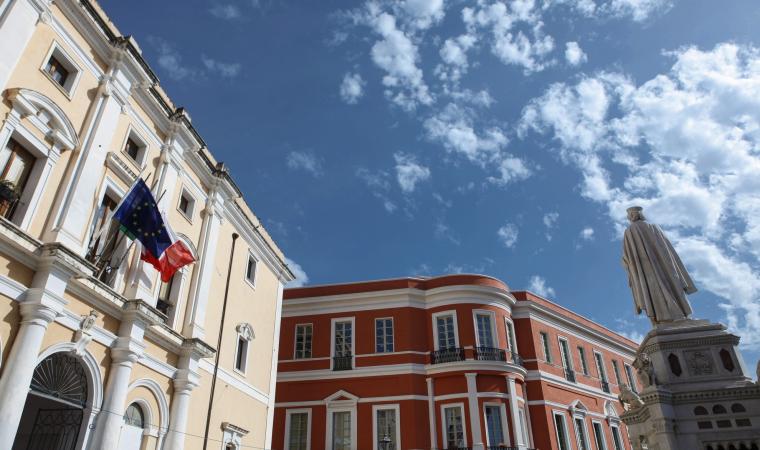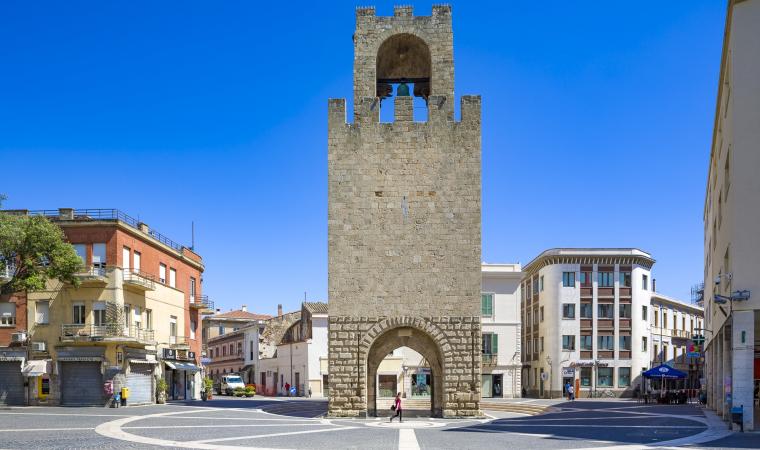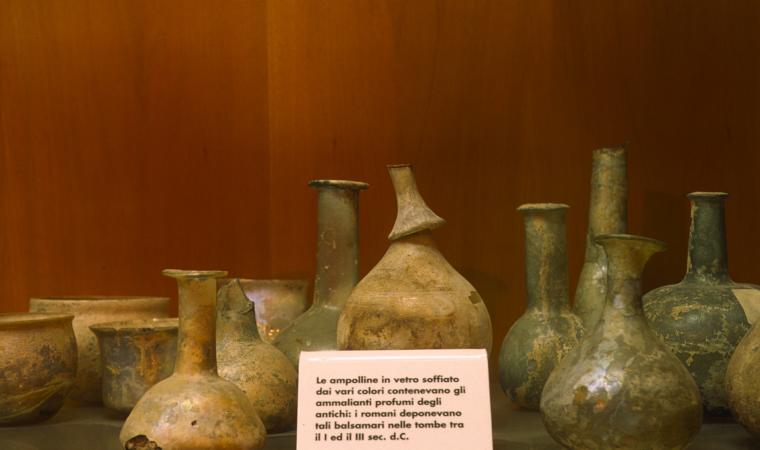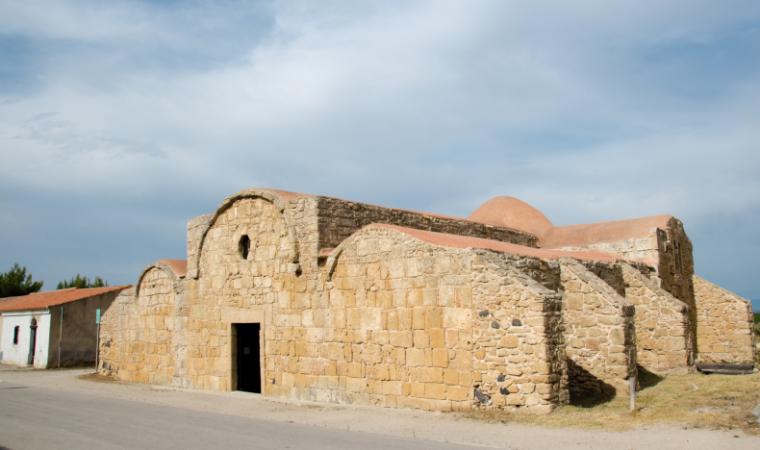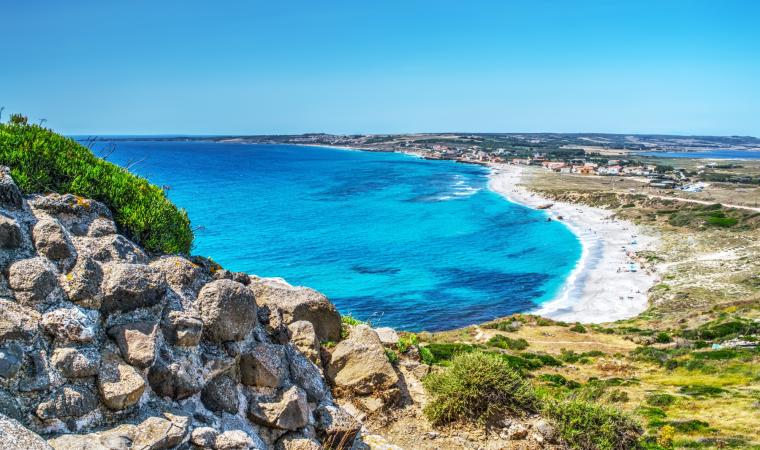Three kilometres of golden sand, running from the marina to the mouth of the River Tirso, bordered by tall palm trees and a beautiful esplanade, this is an ideal seaside area for holidays full of swimming and diving, jogging and sport, on horseback, by bicycle or in-line skates, with evenings of music and fun. Torregrande is the beach of Oristano, 10 kilometres away, and is named for the main square of the small tourist town founded by farmers and fishermen. Here you'll find the Spanish tower of the same name, the largest in Sardinia, built between 1542 and 1572. This is a lively area full of bars and clubs, concerts and shows, restaurants and festivals, exhibitions and markets.



